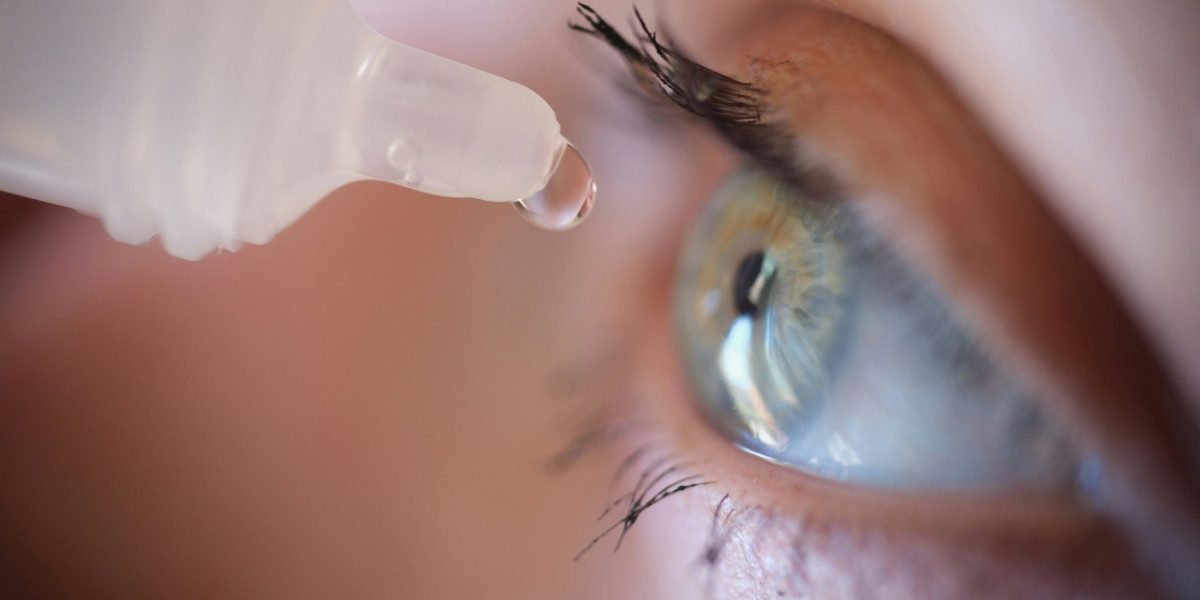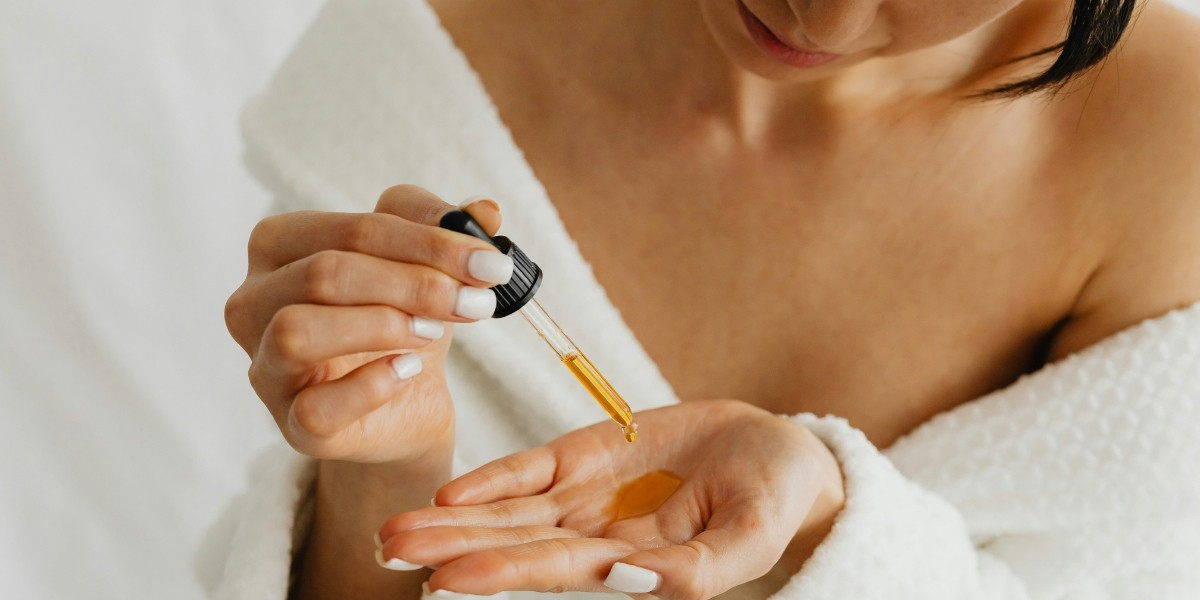Dry eyes are a common and often frustrating condition that can affect millions of individuals worldwide. The sensation of dryness, irritation, and discomfort can impact daily life and, in some cases, lead to more severe issues. Understanding the causes, symptoms, and treatment options for dry eyes is crucial in effectively managing and relieving the condition. This article aims to provide a comprehensive guide to dry eyes, from the underlying causes to effective management strategies.
Read Also: Transform Your Skincare Routine with Witch Hazel
Causes and Contributing Factors
There are numerous factors that can contribute to the development of dry eyes. The condition is often a result of tear film dysfunction, where the balance of the three layers that make up the tear film—lipid, aqueous, and mucin—becomes disrupted. This disruption leads to insufficient moisture on the surface of the eye, resulting in dryness and irritation. The primary factors that contribute to this dysfunction include:
-
Environmental Conditions: Exposure to dry air, wind, or air conditioning can rapidly evaporate the tear film, leading to dryness.
-
Prolonged Screen Use: Spending long hours in front of digital screens, which reduces the frequency of blinking, can also contribute to dry eyes.
-
Hormonal Changes: Changes during pregnancy, menopause, or hormone replacement therapy can affect tear production.
-
Medical Conditions: Conditions like Sjogren’s syndrome, rheumatoid arthritis, and other autoimmune disorders can impair tear production.
-
Medications: Certain medications, including antihistamines, decongestants, and antidepressants, may reduce tear production as a side effect.
-
Aging: As people age, tear production naturally decreases, making dry eyes more prevalent, especially in individuals over the age of 50.
Symptom Spectrum
Dry eyes can present with a variety of symptoms, making the condition more complex than simply feeling “dry.” The severity of symptoms can vary significantly between individuals, ranging from mild discomfort to debilitating pain. Common symptoms of dry eyes include:
-
Gritty or Burning Sensation: A feeling of something foreign in the eye, which is often accompanied by a burning or stinging sensation.
-
Blurred Vision: The lack of proper lubrication can cause temporary blurring of vision, which may worsen throughout the day.
-
Light Sensitivity: Dry eyes can lead to increased sensitivity to light, making it difficult to be in brightly lit environments.
-
Excessive Tearing: Paradoxically, some individuals with dry eyes experience excessive tearing, as the eyes try to compensate for the dryness.
-
Eye Fatigue: Prolonged eye strain or discomfort, especially after reading or using a computer for extended periods.
Diagnosis and Evaluation
Diagnosing dry eyes involves a thorough examination by an eye care professional. The process typically includes a clinical assessment, where the doctor will ask about symptoms, lifestyle habits, and any medical conditions or medications that may contribute to the condition. Tests that may be performed to evaluate the tear film and the severity of dry eye include:
-
Schirmer’s Test: A test where a small strip of paper is placed under the lower eyelid to measure tear production.
-
Tear Breakup Time (TBUT): This test measures how long it takes for tears to break up or evaporate on the eye’s surface.
-
Osmolarity Testing: Measures the salt concentration in the tears to assess the degree of dry eye.
-
Meibomian Gland Function: Evaluating the health of the meibomian glands, which produce the oil layer of the tear film.
By evaluating these factors, an eye care provider can determine the appropriate course of treatment.
Treatment Options
There is a wide range of treatment options available for managing dry eyes. The choice of treatment depends on the severity of the condition and its underlying cause. Some common treatment options include:
-
Artificial Tears: Over-the-counter lubricating drops can provide temporary relief for mild dry eye symptoms.
-
Prescription Medications: Medications such as cyclosporine A (Restasis) or lifitegrast (Xiidra) can help reduce inflammation and increase tear production.
-
Punctal Plugs: Small devices that are inserted into the tear ducts to block drainage, helping to retain tears on the eye’s surface.
-
Intense Pulsed Light (IPL) Therapy: A non-invasive treatment that uses light pulses to improve the function of the meibomian glands and reduce inflammation in the eye.
Treatment plans are often personalized, taking into account the specific needs and causes of dry eyes for each individual.
Lifestyle Modifications and Home Remedies
In addition to medical treatments, certain lifestyle changes and home remedies can help manage dry eyes. Some practical strategies include:
-
Increase Humidity: Using a humidifier in your home or office can help keep the air moist and prevent the evaporation of tears.
-
Take Regular Breaks: Following the 20-20-20 rule, where you take a 20-second break every 20 minutes and look at something 20 feet away, can help reduce eye strain.
-
Eyelid Hygiene: Gently cleaning your eyelids and lashes with a warm washcloth or using eyelid scrubs can help clear blocked glands.
-
Dietary Adjustments: Incorporating omega-3 fatty acids into your diet can support healthy tear production. Foods like flaxseeds, walnuts, and fatty fish are good sources.
The Impact of Digital Eye Strain
In today’s digital age, prolonged screen use has become one of the leading contributors to dry eye symptoms. The constant focusing on screens leads to reduced blink rates, which can cause the tear film to break up more quickly. To minimize digital eye strain, consider the following strategies:
-
Adjust Screen Settings: Lowering the brightness and increasing the contrast of your screen can reduce strain on the eyes.
-
Blink Exercises: Remind yourself to blink fully and often, especially during long periods of screen time.
-
Take Frequent Breaks: The 20-20-20 rule helps maintain eye health and reduce symptoms of dry eyes.
Long-Term Management and Prevention
For individuals dealing with chronic dry eyes, long-term management strategies are essential. This includes:
-
Regular Eye Exams: Regular checkups can help monitor the condition and adjust treatment plans as needed.
-
Adherence to Treatment: Following prescribed treatments and home care routines can help alleviate symptoms and prevent worsening of the condition.
-
Preventative Measures: Protecting the eyes from environmental irritants, staying hydrated, and managing underlying conditions such as autoimmune diseases can all contribute to long-term eye health.
Read Also: A Comprehensive Guide to Eyebrow Tattooing and Microblading
Dry eyes are a multifaceted condition with various causes and symptoms. By understanding its underlying factors, individuals can take proactive steps toward effective management and relief. Whether through medical treatments, lifestyle modifications, or home remedies, there are many ways to alleviate the discomfort associated with dry eyes. With proper care, individuals can maintain eye health and enjoy a higher quality of life.







